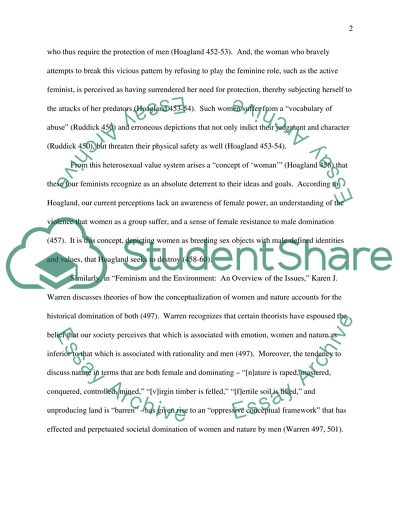Cite this document
(Diversity in Contemporary Feminism Literature review Example | Topics and Well Written Essays - 1750 words, n.d.)
Diversity in Contemporary Feminism Literature review Example | Topics and Well Written Essays - 1750 words. https://studentshare.org/philosophy/1512758-diversity-in-contemporary-feminism
Diversity in Contemporary Feminism Literature review Example | Topics and Well Written Essays - 1750 words. https://studentshare.org/philosophy/1512758-diversity-in-contemporary-feminism
(Diversity in Contemporary Feminism Literature Review Example | Topics and Well Written Essays - 1750 Words)
Diversity in Contemporary Feminism Literature Review Example | Topics and Well Written Essays - 1750 Words. https://studentshare.org/philosophy/1512758-diversity-in-contemporary-feminism.
Diversity in Contemporary Feminism Literature Review Example | Topics and Well Written Essays - 1750 Words. https://studentshare.org/philosophy/1512758-diversity-in-contemporary-feminism.
“Diversity in Contemporary Feminism Literature Review Example | Topics and Well Written Essays - 1750 Words”. https://studentshare.org/philosophy/1512758-diversity-in-contemporary-feminism.


